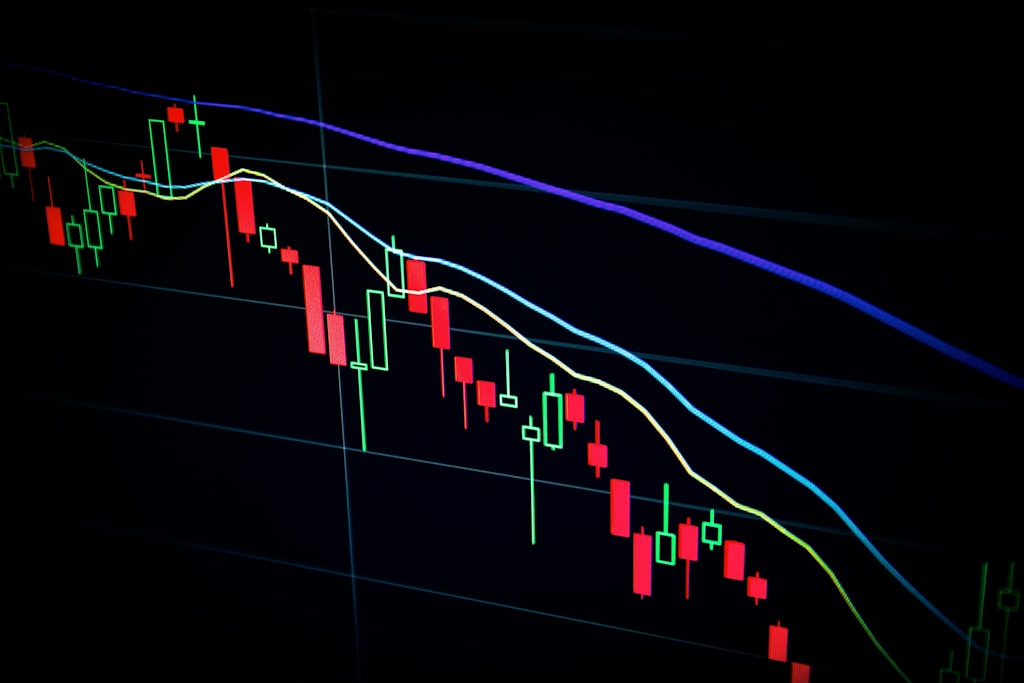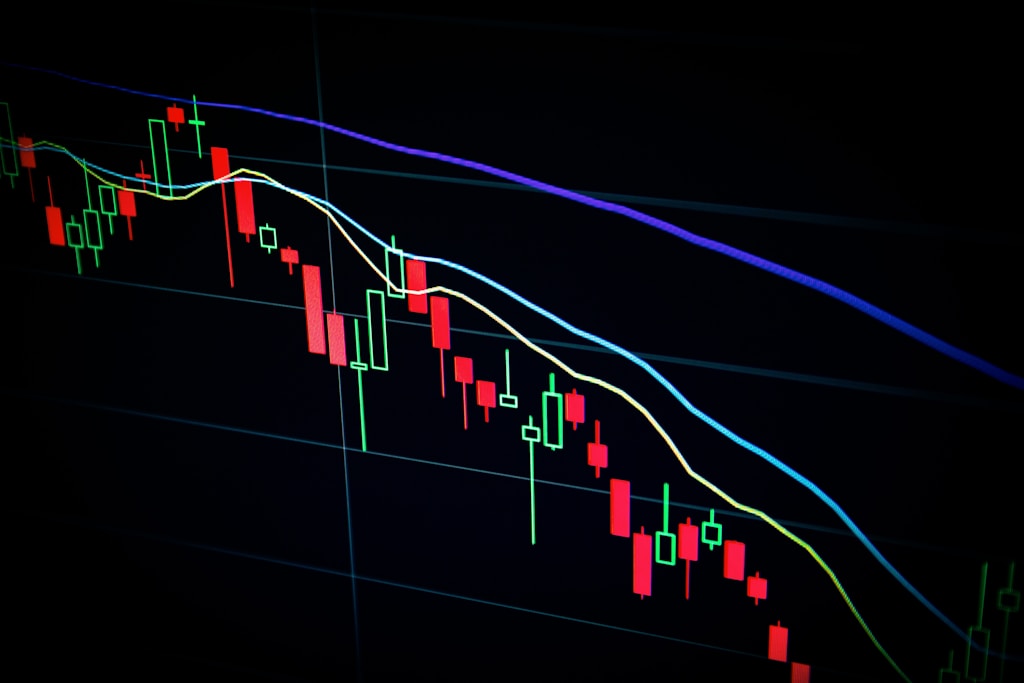The Securities and Exchange Commission (SEC) has reportedly concluded its investigation into the viral Hawk Tuah meme coin, marking a significant development in the regulatory landscape for meme tokens. This news comes as the SEC continues to drop major crypto cases, signaling a potential shift in regulatory approach.
Key Developments in the Hawk Tuah Investigation
According to TMZ reports, Haliey Welch, who became known as the ‘Hawk Tuah Girl’ following her viral interview last year, has confirmed that the SEC has terminated its probe into the meme coin. This development represents a crucial moment for the broader meme coin ecosystem, which has faced increasing regulatory scrutiny in recent months.
Impact on Meme Coin Market
The SEC’s decision to drop the investigation could have far-reaching implications for the meme coin sector. This regulatory clarity comes at a time when new platforms are emerging to facilitate meme coin creation, suggesting growing institutional interest in this market segment.
Regulatory Implications
The conclusion of this investigation may establish important precedents for how meme coins are regulated in the future. Market analysts suggest this could lead to increased institutional adoption and mainstream acceptance of meme-based cryptocurrencies.
FAQ Section
What does this mean for other meme coins?
This decision could set a precedent for how similar tokens are treated by regulators in the future.
Will this affect meme coin trading volumes?
The regulatory clarity could potentially boost investor confidence and trading activity in the meme coin sector.
What’s next for Hawk Tuah?
With regulatory concerns addressed, the project may focus on development and community growth initiatives.




